Rosetta spacecraft gets ready for launch
News story originally written on January 15, 2004
The Rosetta space mission will be launched in February 2004. Rosetta will
travel to a comet and study it. Part of the spacecraft will actually land on
the comet. It will be the first spacecraft to do that.
Rosetta was supposed to start its mission about one year ago in January 2003.
Unfortunately, there were some problems with the rocket Rosetta was supposed
to be launched on, so the mission had to be delayed. While engineers were fixing
the rocket, the comet that Rosetta was supposed to visit moved out of range.
Scientists had to pick a new comet for Rosetta to visit.
Rosetta will be going to a comet named Churyumov-Gerasimenko.
That comet is bigger than the comet Rosetta was originally supposed to visit.
Engineers had to make some changes to the legs of the Rosetta
lander so it
can land safely on the new, larger comet, which has more gravity than the old
comet.
Rosetta will take a long time to get to the comet. Rosetta will blast off
on February 26, 2004, but it won't get to the comet until the year 2014. Rosetta
will fly by Mars and an asteroid on the way to the comet. Let's hope that Rosetta
has a safe journey!
You might also be interested in:
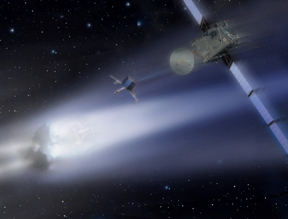
The Rosetta Mission was suppose to launch in January 2003. Unfortunately, the launch had to be delayed! The Rosetta spacecraft was suppose to be launched on an Ariane 5 rocket. A month ago, another Ariane
...more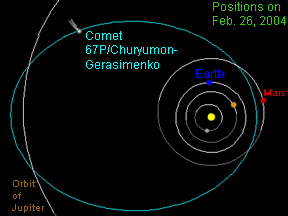
Comet 67P/Churyumov-Gerasimenko was discovered in 1969 by Klim Churyumov and Svetlana Gerasimenko. The comet orbits the Sun once every 6.57 years. Its orbit brings it closer to the Sun than Mars at the
...more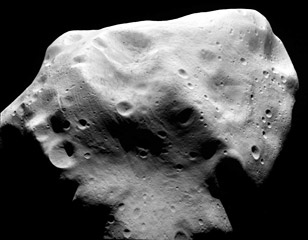
Rosetta is a European space probe. It was launched in 2004. Its main mission is to fly to a comet and land on it. Along the way it has flown by two asteroids. In July 2010 it flew by an asteroid named
...more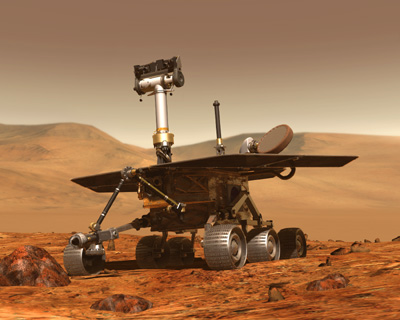
NASA’s rover, named Spirit, has successfully landed and will soon be scouting the surface of Mars for interesting geology! Scientists are interested to know whether the depression where Spirit landed
...more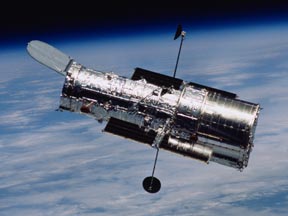
NASA announced in January 2004 that it would cancel the last planned mission to the Hubble Space Telescope (HST). The head of NASA, Sean O'Keefe, believes a mission to Hubble would be too dangerous for
...more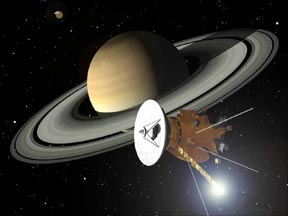
The Cassini spacecraft is on its way to Saturn. It will zoom close past a strange moon of Saturn named Phoebe. Cassini's close flyby of Phoebe will be on June 11, 2004. The best pictures we have right
...more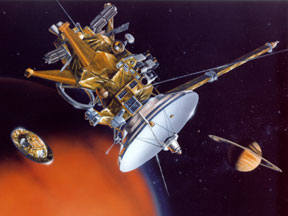
NASA's Cassini spacecraft is in orbit around the planet Saturn. Cassini carried a landing probe, named Huygens, with it on its long journey from Earth. On December 24, 2004, Cassini released the Huygens
...more














